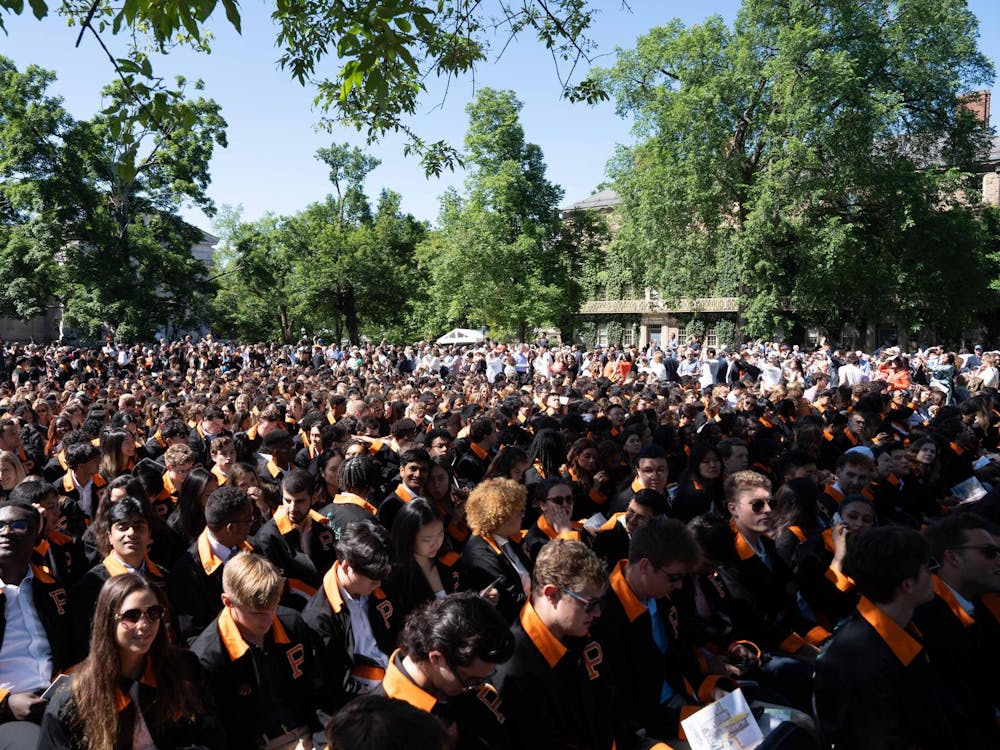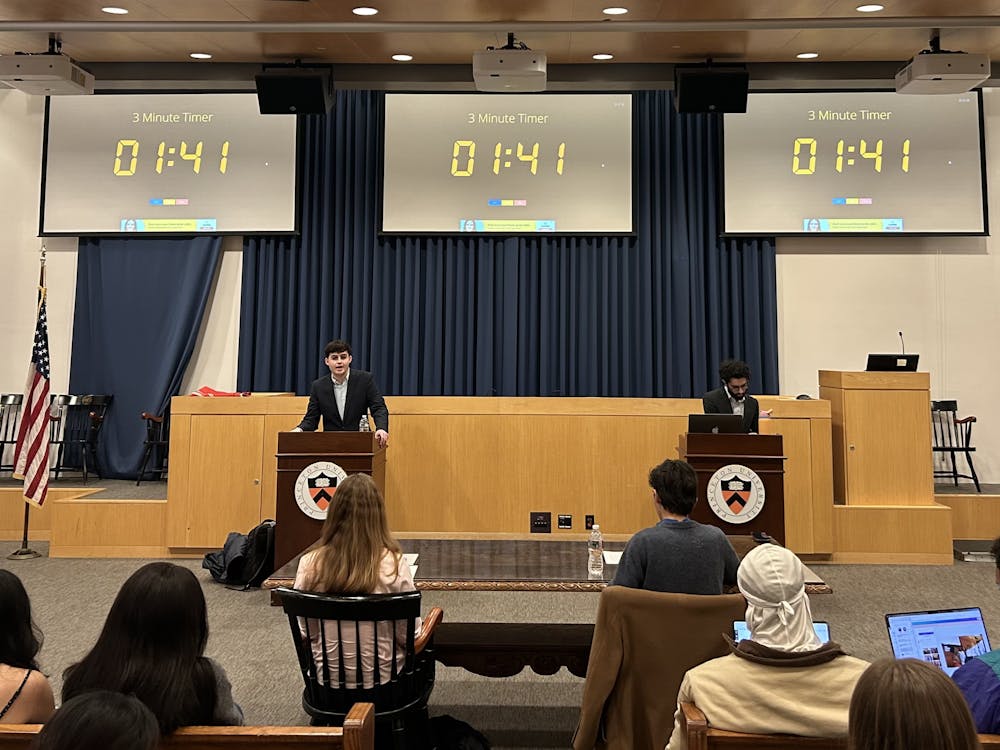Most of my professors have been women.
It’s not a large majority —I have had roughly 8 female professors for every 7 male ones, but that ratio is the highest I’ve heard of among my peers. Most of my friends, on the other hand, have had male professor ratios far surpassing the 50 percent mark. One of my friends, another senior in the Politics Department, tells me that the vast majority of her instructors have been white men. A senior majoring in Computer Science has taken courses with a grand total of six female professors in her four years here. A junior in Mechanical and Aerospace Engineering has only had one female professor in the entirety of his time at Princeton. His teachers, too, are mostly white —but he assures me that some are European. At least Princeton has that international diversity factor down.
At the Center for Jewish Life, a common topic of conversation is whether or not a specific teacher has Jewish ancestry. We frequently debate the etymology of a last name and compare anecdotes from lecture that support our identification of the professorial specimen in question. “He said schlep,” someone will announce gleefully. “Definitely a member of the tribe.”
We care about the association because it brings the professor closer to us. It brings Princeton closer to us. It’s no accident that I am drawn to courses taught by women. The number of Jewish professors I have had also significantly influenced my undergraduate experience. We want some of our mentors and teachers to look like us, to speak the same language (“schlep” and “kvetch”, for example, are to my ear what mom’s chicken soup is to my stomach), and to share the same cultural collective memory. In short, we want to relate.
There is great value to having role models and instructors whose stories fit our stories. Their backgrounds reflect our backgrounds and they show us what we can become. This relatability is not only relevant for those interested in academia, but for those entering the professional fields related to their major as well. A professor in the Computer Science Department clearly inspires his students to pursue a diverse trajectory of career paths. I use a male pronoun in the preceding sentence very deliberately. On the faculty page of the department’swebsite, only thirteen of the fifty-eight people listed are women. The male undergraduates in the department lose out by this faculty imbalance almost as much as their female peers do; the disadvantages of homogeneity aren’t limited to minority groups.
The advantages of learning from professors with cultural and racial backgrounds that differ from our own are manifold and obvious. They offer us new perspectives, challenge what we know about the world, and teach us to respect difference. The lack of diversity in some of Princeton’s academic departments bites both ways. Female students majoring in Mechanical and Aerospace Engineering or Computer Science don’t have access to many female role models, and their male peers are limited to a pick of professors who tend to represent an exciting number of shades of white.
I asked a Korean American friend, also a senior, if she has had any East Asian teachers. She hesitated. “Yes,” she finally answered. “But only for my Asian Studies classes.”
Diversity varies widely across the different departments. President Eisgruber’s statement on the Trustee Ad Hoc Committee on Diversity’s Report, given at the beginning of his tenure as University President, announces that “in some academic departments, for example, progress toward diversifying the faculty will be limited until Princeton and other universities diversify their doctoral programs.” The Trustee Committee’s suggestion for diverse faculty hiring practices is such a tangle of jargon that it’s hard to parse out how its vague propositions actually translate into diversity.

There is one compelling section that discusses the importance of mentorship within the faculty. “Mentoring is critical to faculty member success,” the committee tells us. If mentorship is critical for academics whom have already chosen their life path and their fields of expertise, how can we begin to measure its effect on directionless undergraduates? And if Princeton waits for its diverse student body to grow up and supply specific departments with the diversity they now lack, how likely is it that black or female students will actually pursue studies in a department where they are so starkly underrepresented?
President Christopher Eisgruber '83’s statement mentions the success of Princeton’s work diversifying the undergraduate student body. My class may boast a spectrum of colors, nationalities, cultures, and an even gender divide, but as long as so many department faculty rosters (and I’m not just talking about STEM) do not reflect the University’s avowed commitment to diversity, minority students will remain minorities in more than just numbers.
Tehila Wenger is a politics major fromColumbus, Ohio. She can be reached at twenger@princeton.edu.








